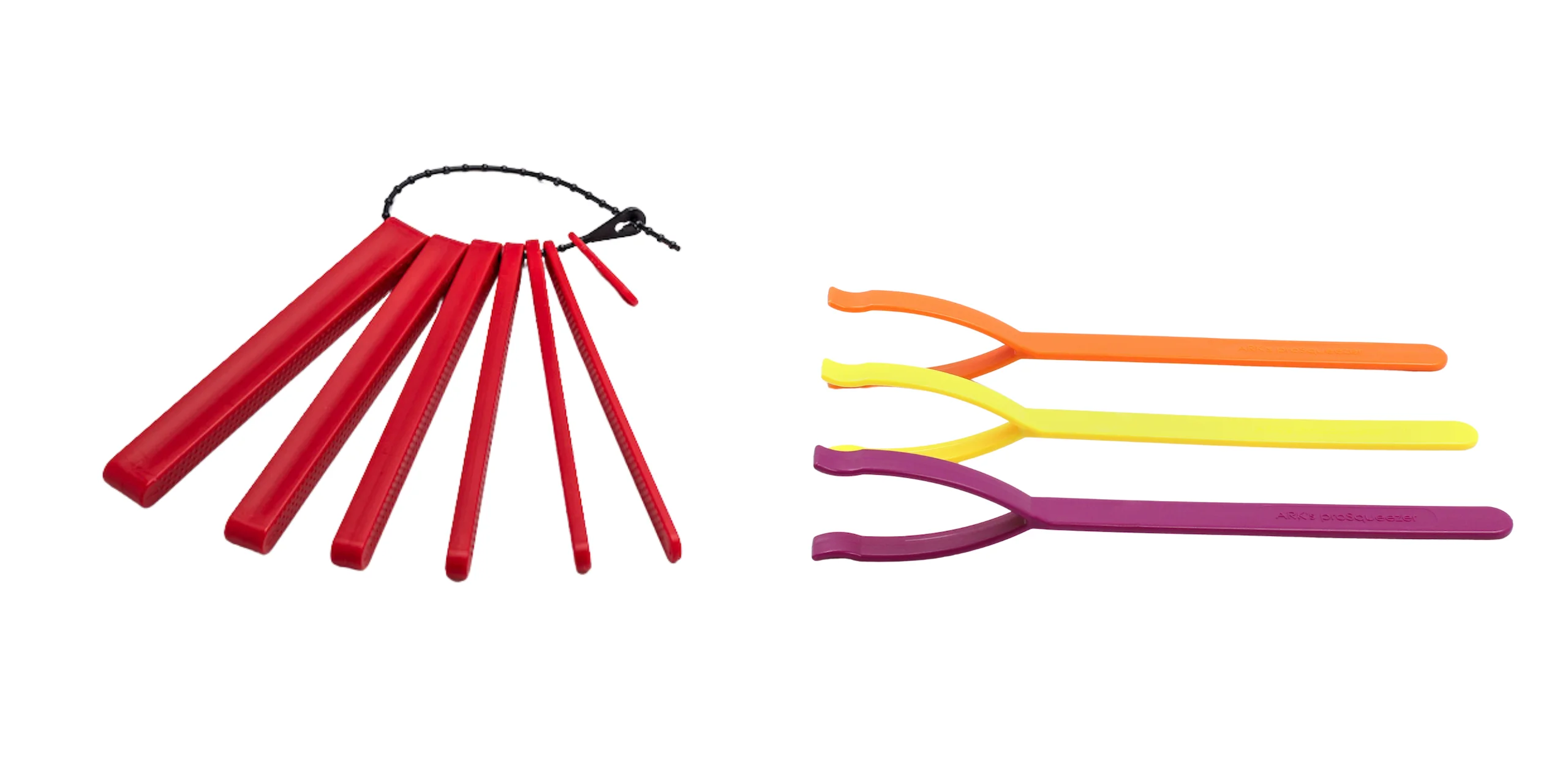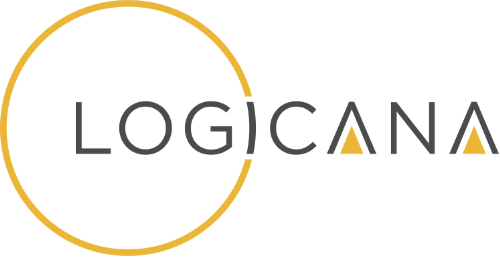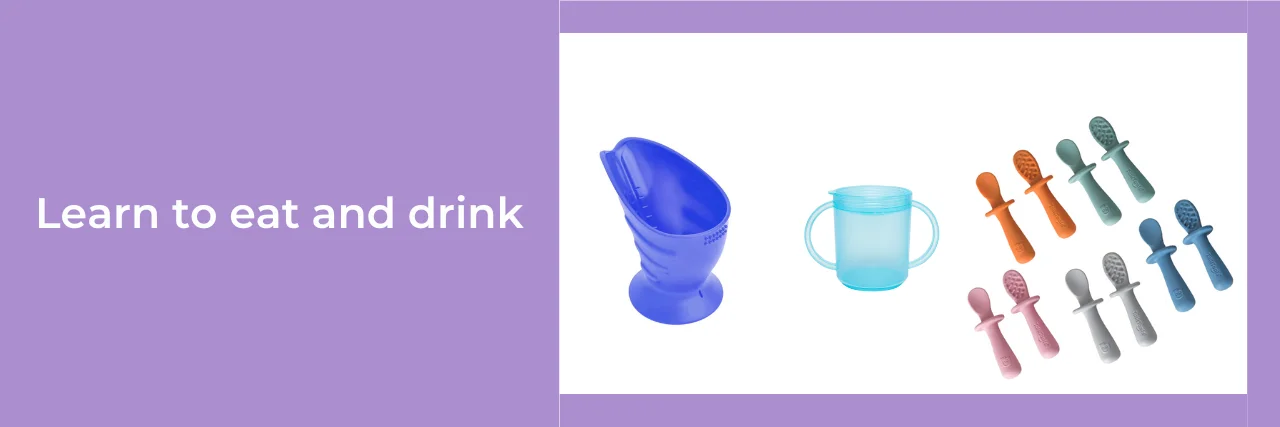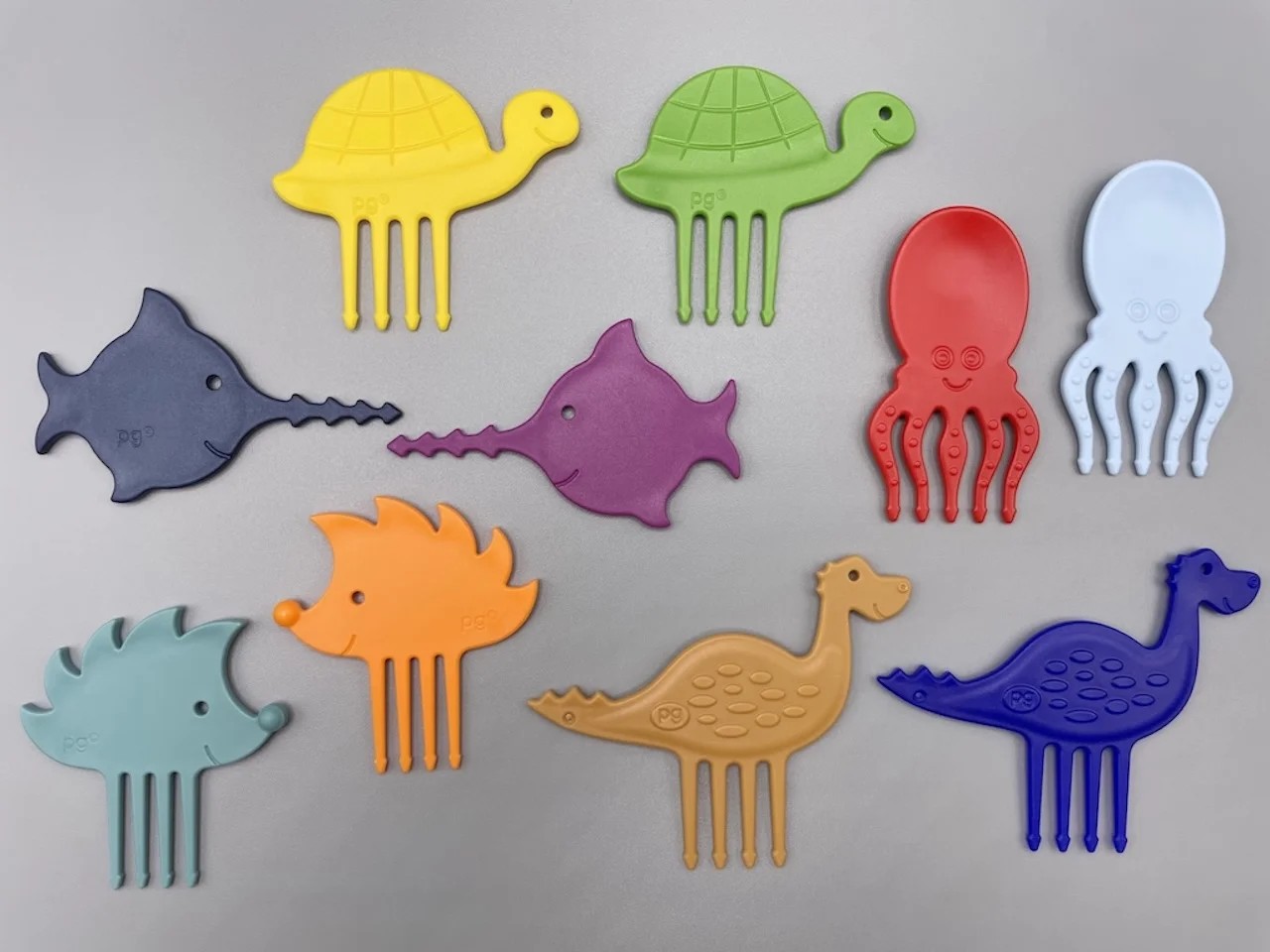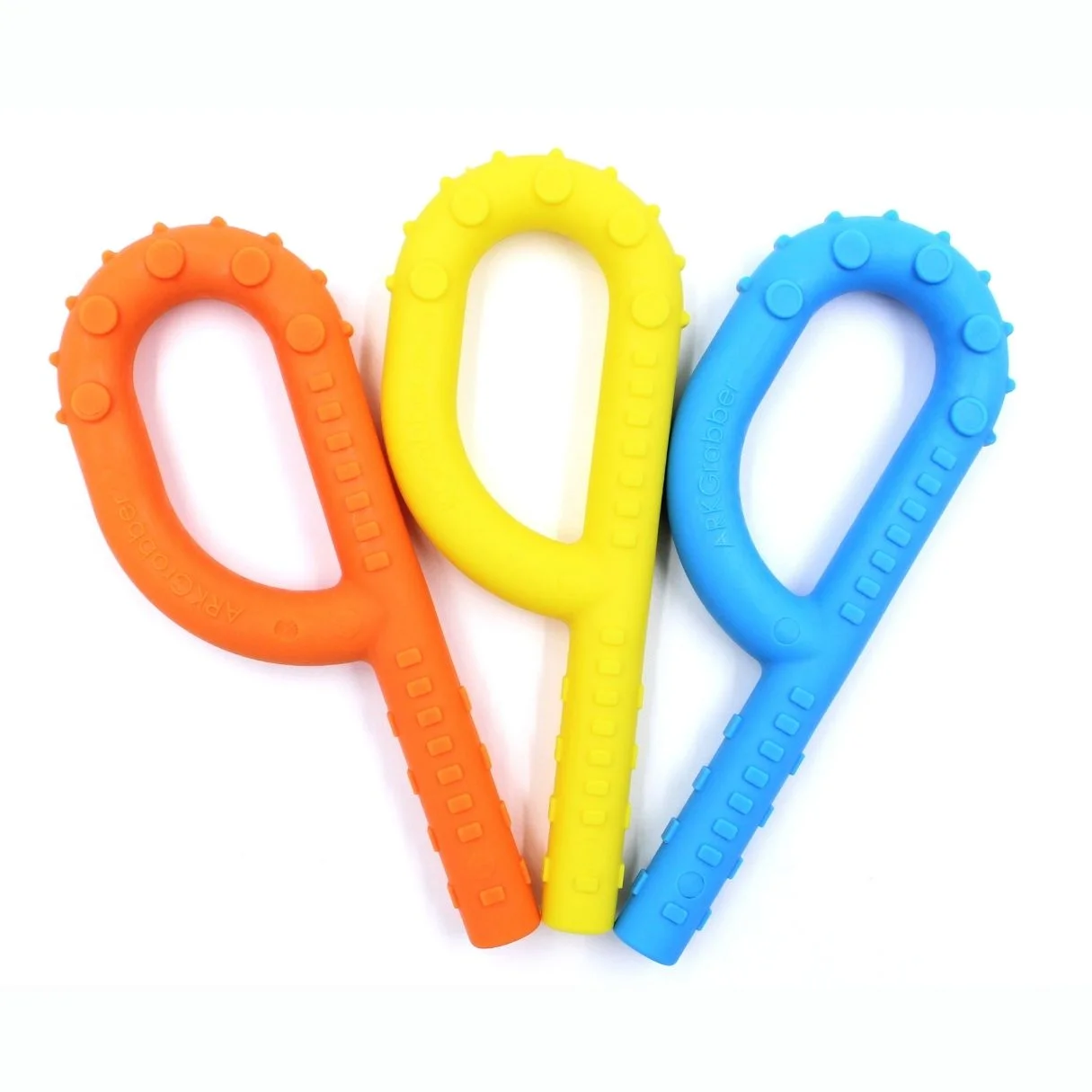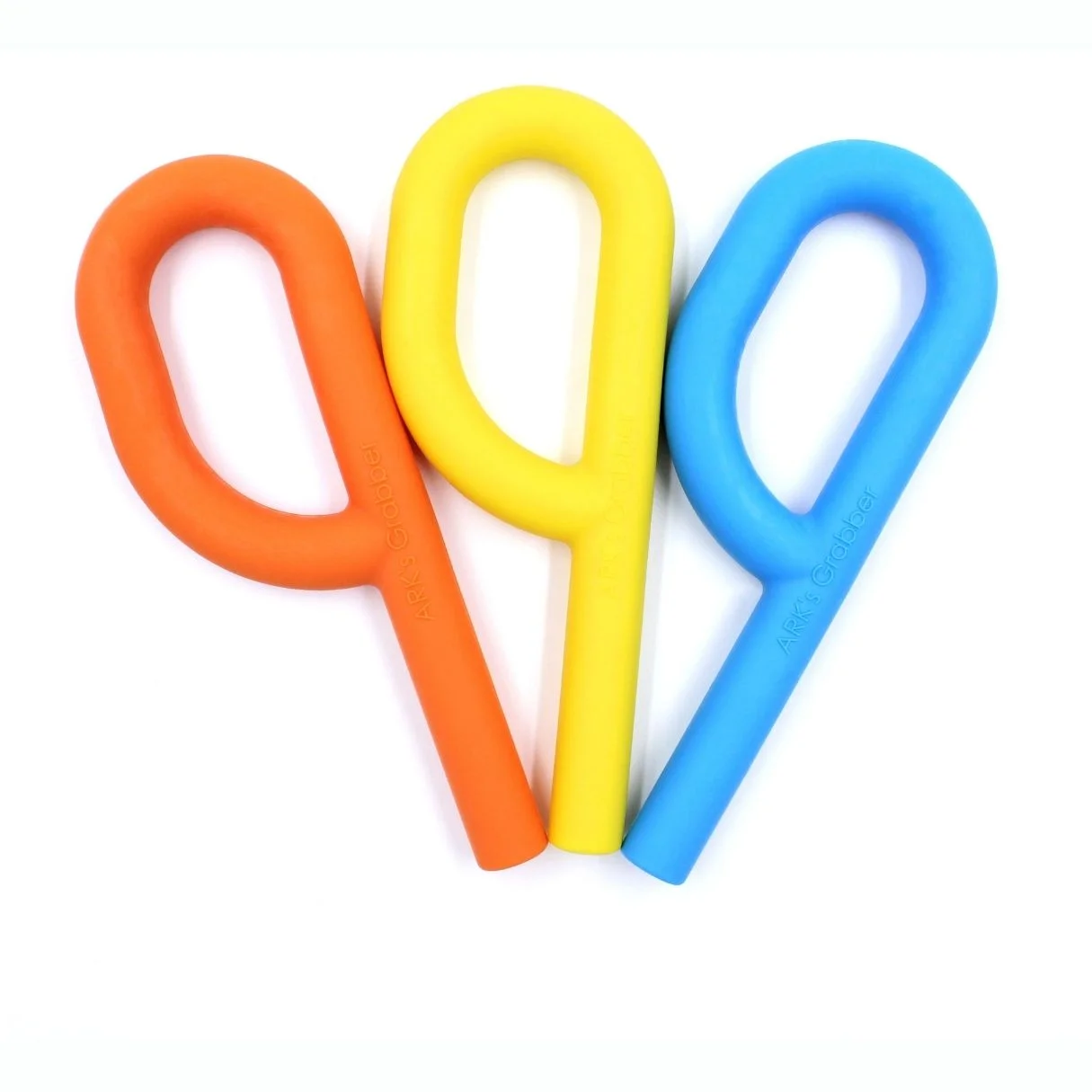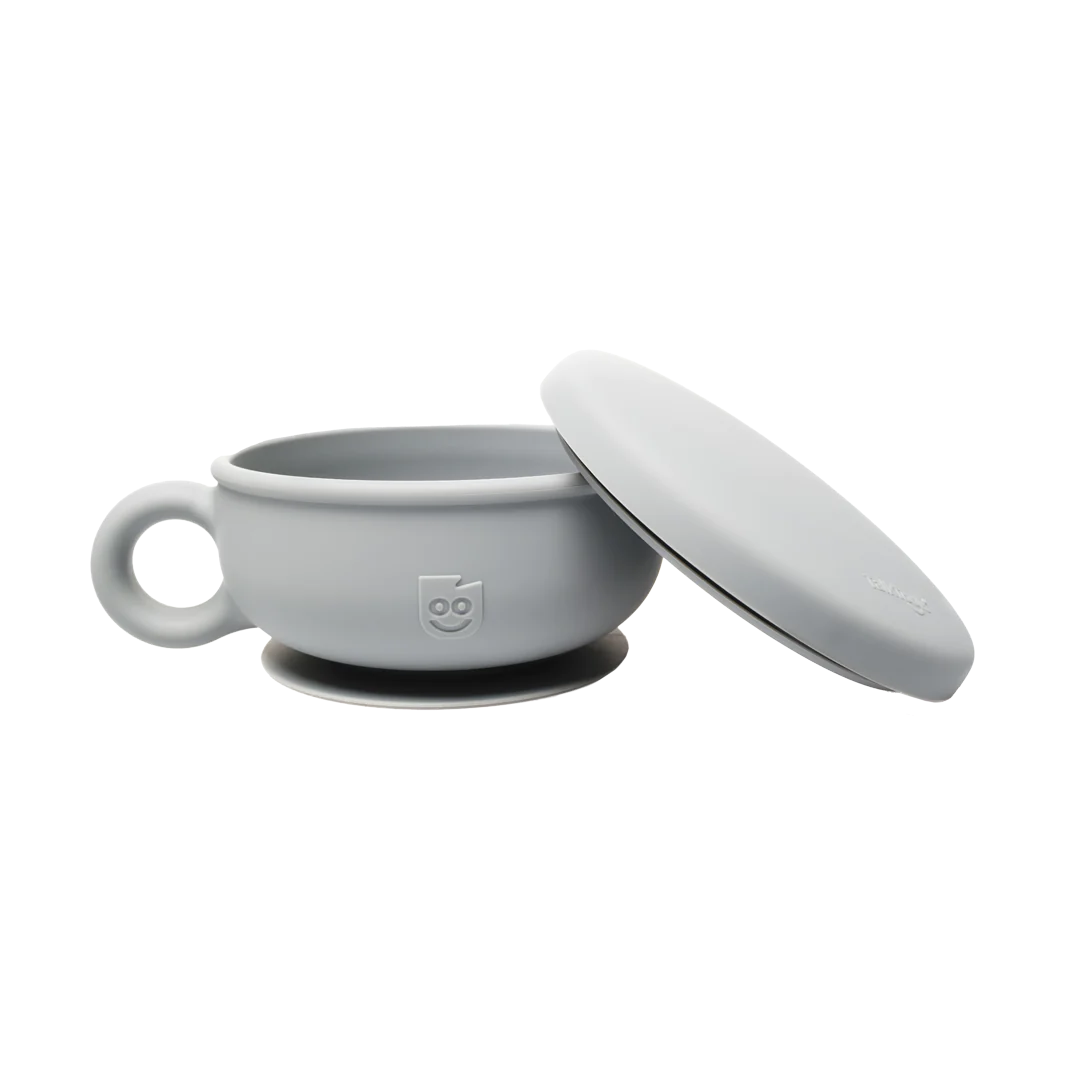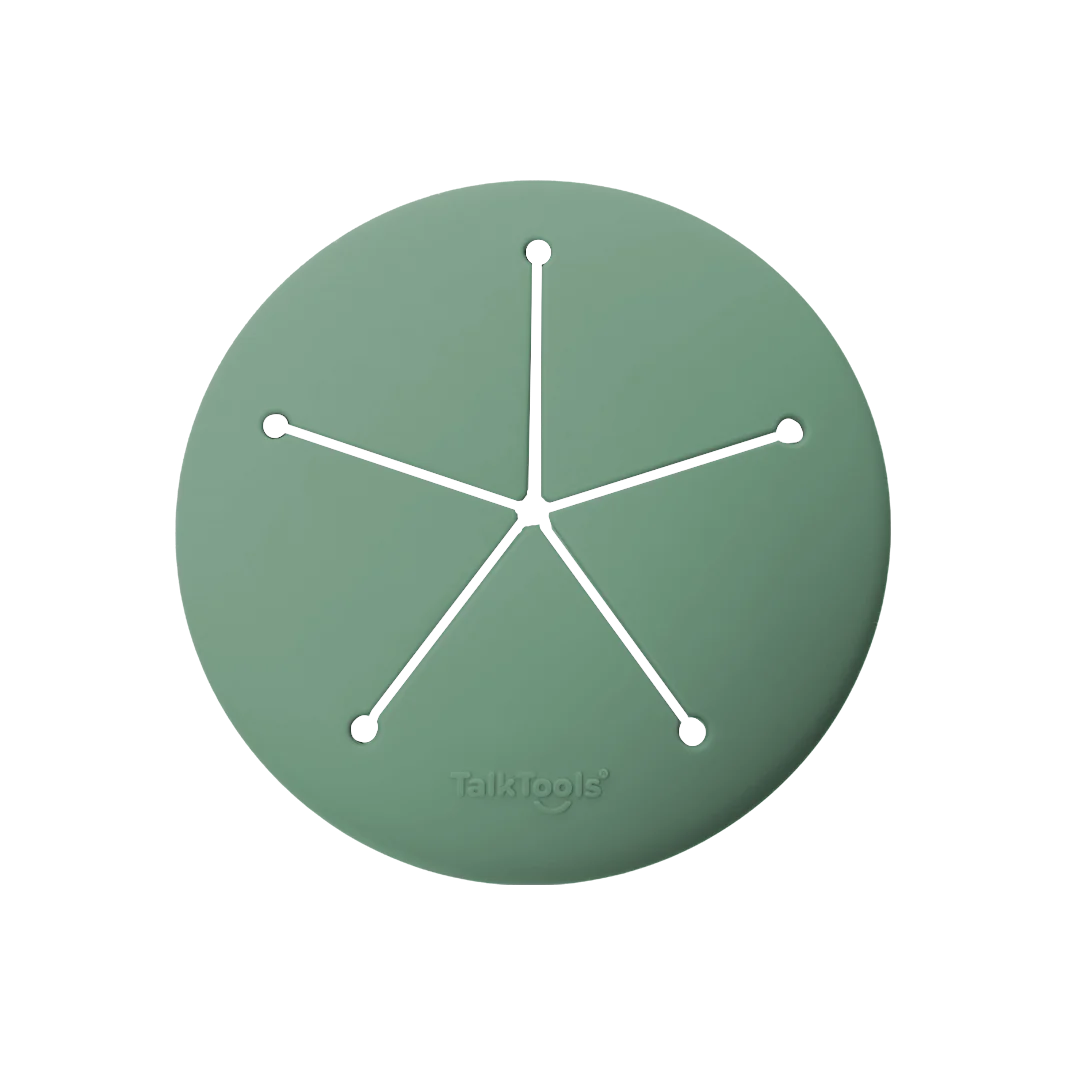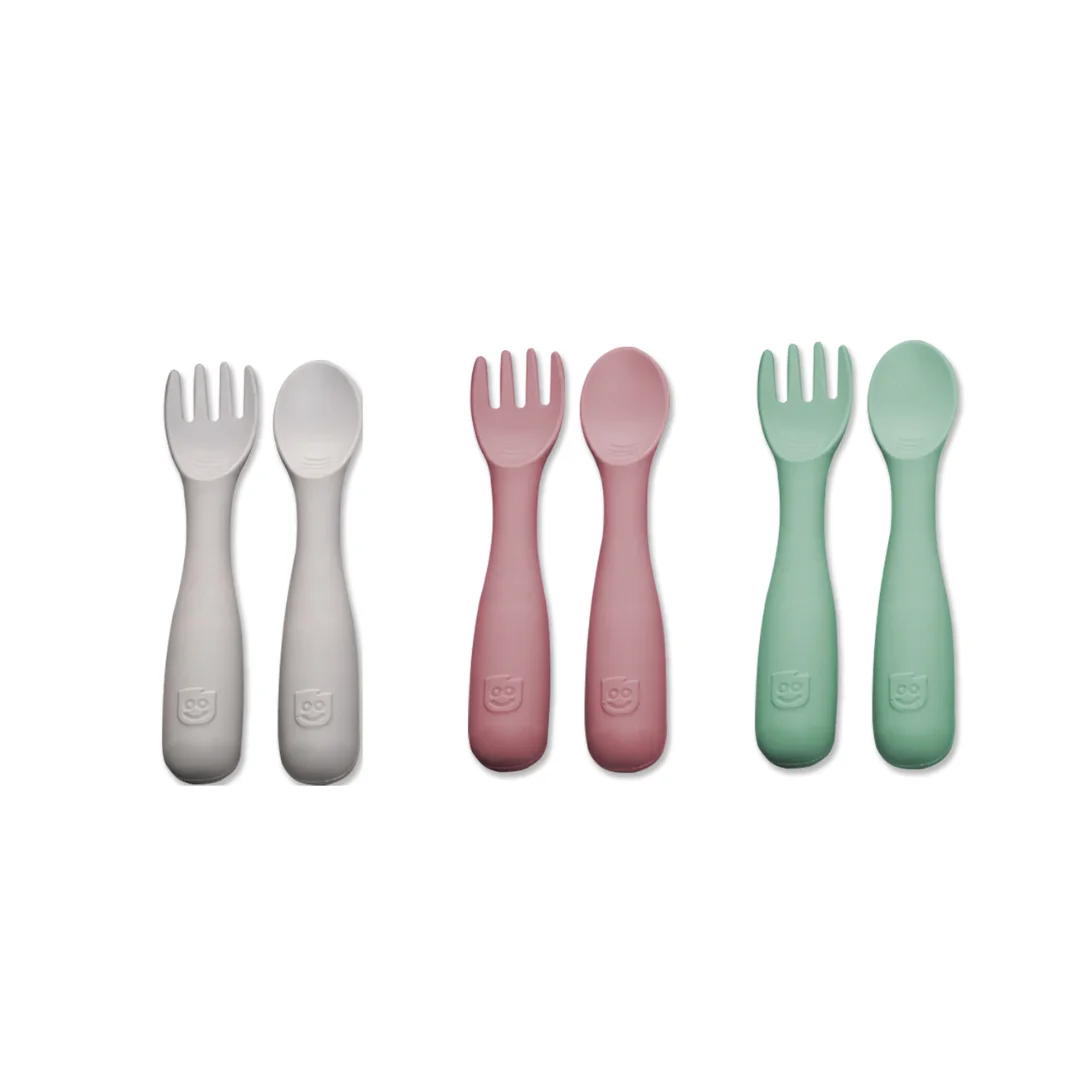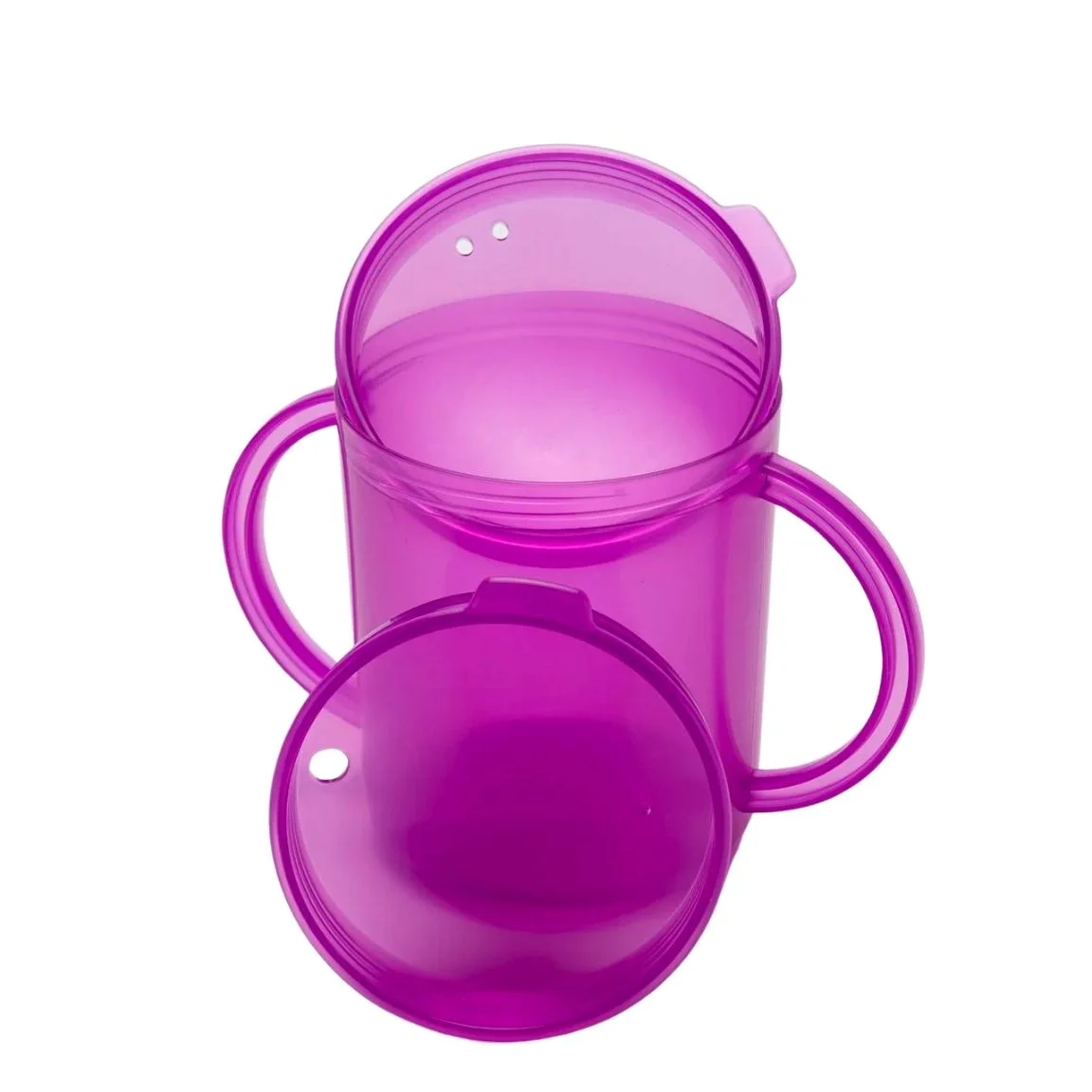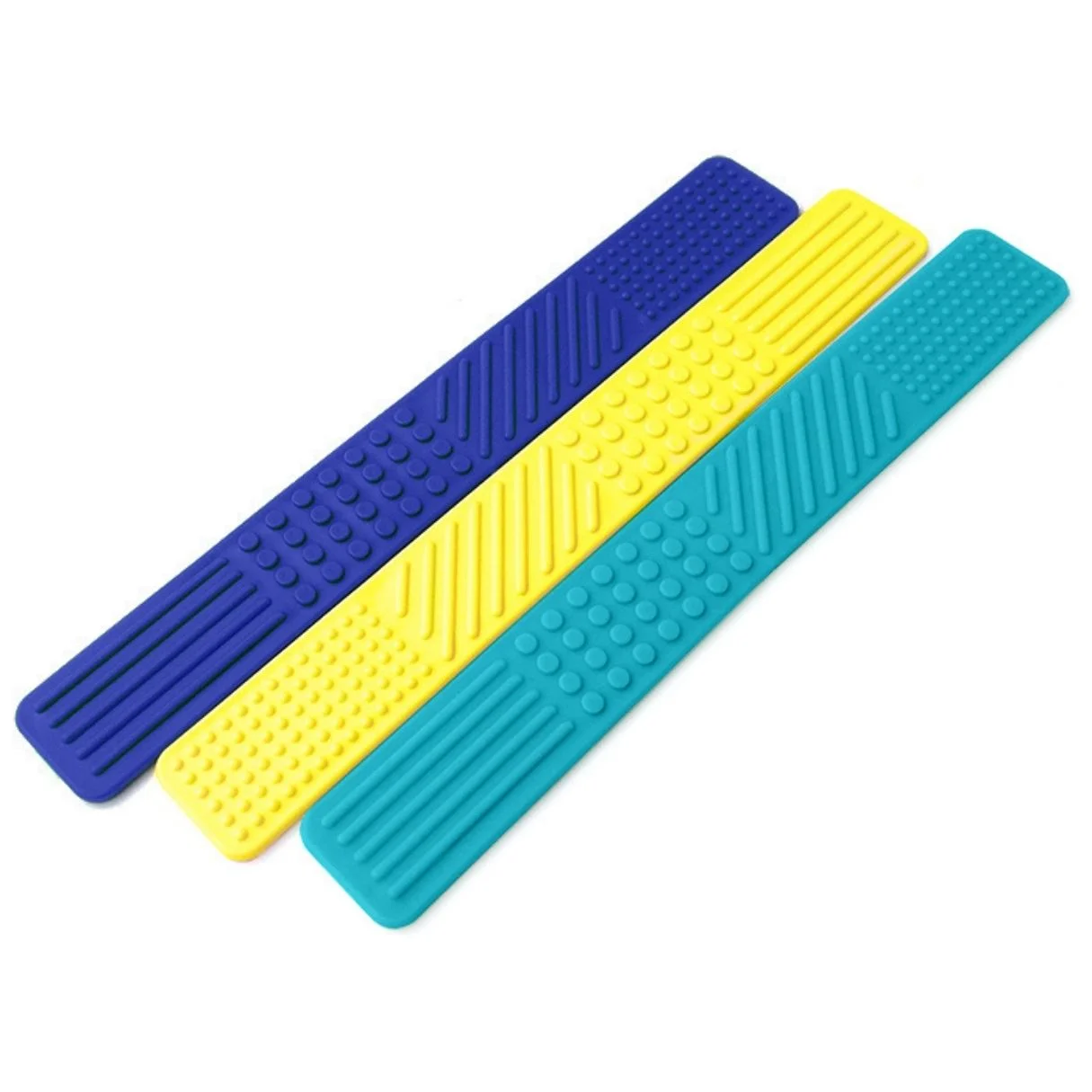Eating and drinking
What aids are available for eating and drinking? In speech therapy practice, special spoons or cups are often used to enable patients to participate in the important act of eating. Click through our range - all products have been developed by experts and have already been tested and approved by a large number of families.
How does my baby learn to eat properly?
When a child is born as a mature baby, it is equipped with natural reflexes to take in food. As an infant, it is, as the name suggests, either breast milk from the breast or bottle or infant formula from the bottle. According to many specialist sources, breastfeeding serves as the "first orthodontic treatment", provided the baby is latched on correctly and there are no anatomical restrictions (e.g. cleft lip and palate or restrictive tongue tie or others). The baby should take as much breast as possible into its mouth, which also means that the baby must open its jaw wide in order to dock properly. A breastfeeding preparation course is recommended in any case, and breastfeeding advice can also ease any uncertainties or help with difficulties.
When should you start letting your baby eat with their hands?
In principle, it is difficult to give a general age indication - we recommend sticking to the WHO guidelines for the time being, which state: 6 months of exclusive breastfeeding thereafter (taking into account complementary food maturity), introduction of suitable complementary foods and continued breastfeeding up to the age of 2 years and beyond, as long as mother and child want it.
Eating with the hands fulfills a very important purpose: exploring and getting to know the textures and foods on offer.
What are the signs that the baby is ready for complementary food?
The signs of being ready to eat are
- the baby can sit upright independently, possibly with slight support in the lower back
- the baby can hold its head independently
- the baby can grasp food independently and bring it to the mouth (hand - mouth - eye coordination)
- the tongue thrust reflex has largely disappeared/integrated
- the baby shows movements of the jaw
